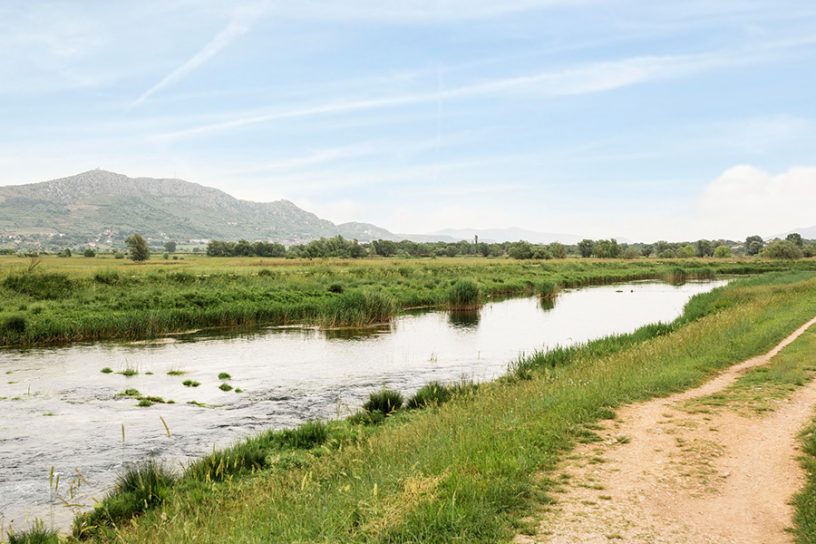
The study shows that more attention is needed to reduce financial barriers to improve the overall performance of irrigation projects.
Authors
Jay Nigam, School of Business, University of Petroleum and Energy Studies, Dehradun, Uttarakhand, India.
Bangar Raju Totakura, School of Business, University of Petroleum and Energy Studies, Dehradun, Uttarakhand, India.
Rupesh Kumar, Associate Professor, Jindal Global Business School, O.P. Jindal Global University, Sonipat, Haryana, India.
Summary
Currently, irrigation consumes approximately 84 per cent of the total available water in India and is predicted to remain the dominant water user. This study assessed the barriers to canal irrigation efficiency in Jharkhand State of India.
Through an extensive review of the literature and expert consultation, the study classified the barriers into five primary categories: Resource System, Legal and Institutional, Financial Barriers, Capacity Building, and External Environment. This study applied an integrated approach using the Analytic Hierarchy Process (AHP), fuzzy Analytic Hierarchy Process, and decision-making trial and evaluation laboratory approach to assess the issues prevailing in canal irrigation efficiency.
The experts were selected based on their expertise and knowledge, and they provided their preferences on the weighting of the models for applying the three methods. From the study, it can be inferred that more attention is needed to reduce Financial Barriers to improve the overall performance of irrigation projects.
This necessitates adequate government funding and collection of water rates. The lack of government support/funding and low collection of water charges make WUAs (Water User Associations) financially unviable and unable to bear the Operation and Maintenance costs and incurs high maintenance costs, resulting in capital loss.
Published in: Water (Switzerland)
To read the full article, please click here.


